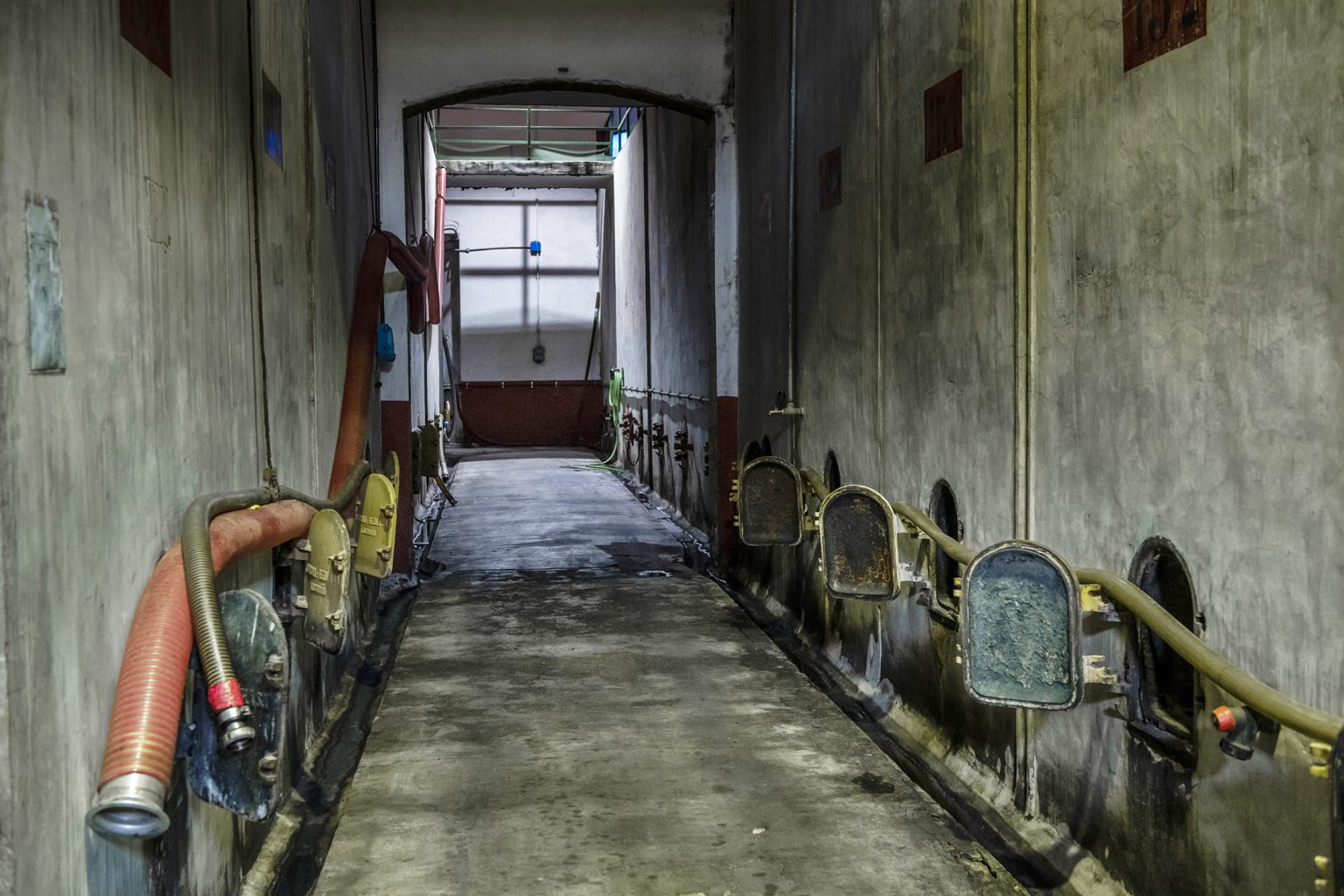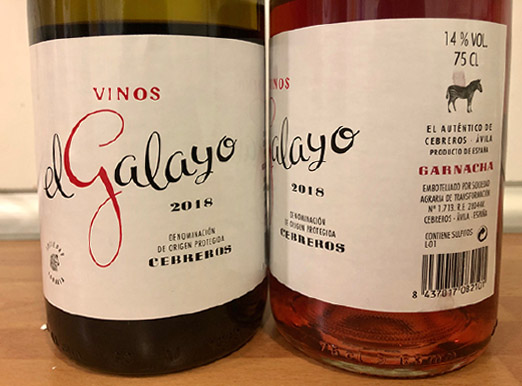Winegrowers of Cebreros - Sierra de Gredos
Winegrowers of Cebreros - Sierra de Gredos
By more than 500 winegrowers from Cebreros
Winegrowers of Cebreros - Sierra de Gredos
SOCIEDAD AGRARIA DE CEBREROS
VITICULTORES DE CEBREROS – SIERRA DE GREDOS
The Sociedad Agraria de Cebreros was founded in 1952 as a company to process the grapes produced in the region by the more than 500 winegrowers in the village of Cebreros.
Its design was carried out by a German engineer who came specifically for this task and was in charge of the design of all the cooperative wineries in the area, each of them with a capacity appropriate to the production of each village.
In the 60s and 70s of the last century, the Sociedad Agraria de Cebreros collected 15 million kilos of grapes in the village of Cebreros, and the winery maintains this production capacity in old concrete tanks, of which only about 10% is currently used. Dedicated in recent years to bulk production, it is from the agreements reached with SotoManrique when facilities and machinery are updated and classic brands of the winery, such as EL GALAYO, begin to be developed again, providing them with a renewed image and quality.
Nowadays, the grapes from the 200 winegrowers who remain in the village are produced there.
Old vines between 800 and 1,100 meters above sea level that have survived the grubbing-up process are kept in small plots fenced with stones, which are used to produce the wines from EL GALAYO wines are made.
The EL GALAYO range of wines is based on sustainable, high purity, varietal wines that express the characteristics of each grape of the area, white Albillo Real, claret of Garnacha and Albillo Real, red of Garnacha complete a homogeneous line of wines, attractive presentation and unbeatable value for money.

EL GALAYO means the necessary step for the effective development of an area, from the production of wine for bulk sale to the bottling of the production, it means giving value to the entire production chain and making it sustainable, it means improving growing conditions, abandoning bad practices and respecting the soil and the environment, EL GALAYO means general development, respect for the crop and its growers, maintenance of vineyards and their cultural practices, taking a step forward, the road to a working future, for all these reasons. EL GALAYO are wines conceived, designed, produced and bottled with the technical and commercial advice of SotoManrique and with the supply of grapes from the agrarian society of winegrowers, accessible wines that reflect in a simple way the varieties, soils and geography from which they come.

The new “old” red and rosé El Galayo from the Cebreros cooperative.
Luis Gutierrez, Robert Parker-Wine Advocate, Gredos April 2020 said:
“I already mentioned Jesús Soto (known by the nickname “Chuchi,” a name often used for people called Jesús) the last time, as he had just arrived in the region. I can now say that he has reinvented the Cebreros cooperative in a remarkable way and has contributed to the creation of the Cebreros appellation of origin. In the cooperative, he has taken over the management, production and sales of the wines, so the growers have nothing to worry about other than producing the best grapes.
They have cleaned the wines, replacing all the rusty machinery, tidying up the facilities and resumed producing and bottling their historical brand, El Galayo. They have gone back to the original label, as the intention was also to go back to the style of the wines from yesteryear. Sales are growing, and they have increased the wine sold in bottle (it was mostly bulk latterly); therefore, the average sale price for their wine has increased, people are getting paid a lot more for their grapes, there is an incentive to keep working the vineyards, and people seem to be proud of their vineyards, village and wine again.
It’s crazy how in many regions the best vineyards are in the hands of the local cooperatives, and its potential is rarely exploited. For me, Cebreros is already the benchmark of how to turn around a cooperative, how to protect the old vineyards and how to encourage the growers to keep working them, going back to organics, moving away from herbicides and, ultimately, producing the best grapes possible”.
